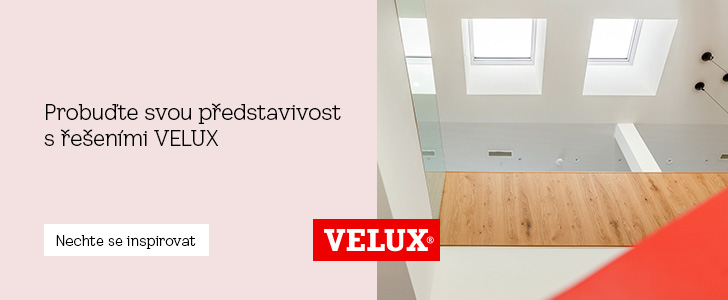
Joseph Beuys expanded the boundaries of art
 |
Joseph Beuys, who is now considered the father of conceptual art, emphasizing the process of artistic creation rather than the result, was born on May 12, 1921, in Krefeld. After returning from the front, he enrolled at the art academy in Düsseldorf and initially struggled to get by. However, his work, which significantly expanded the boundaries of visual art, gradually helped him overcome the traumas of war. He was also an important educator and promoter of the political, mythological, and philosophical dimensions of art.
Not only Beuys's objects and installations became legendary, but also numerous performances and happenings. In the most famous of them, a member of the international Fluxus movement spent several days in a New York gallery with a live coyote. His action aimed to stimulate a dialogue between modern America and the Native Americans.
The English translation is powered by AI tool. Switch to Czech to view the original text source.











